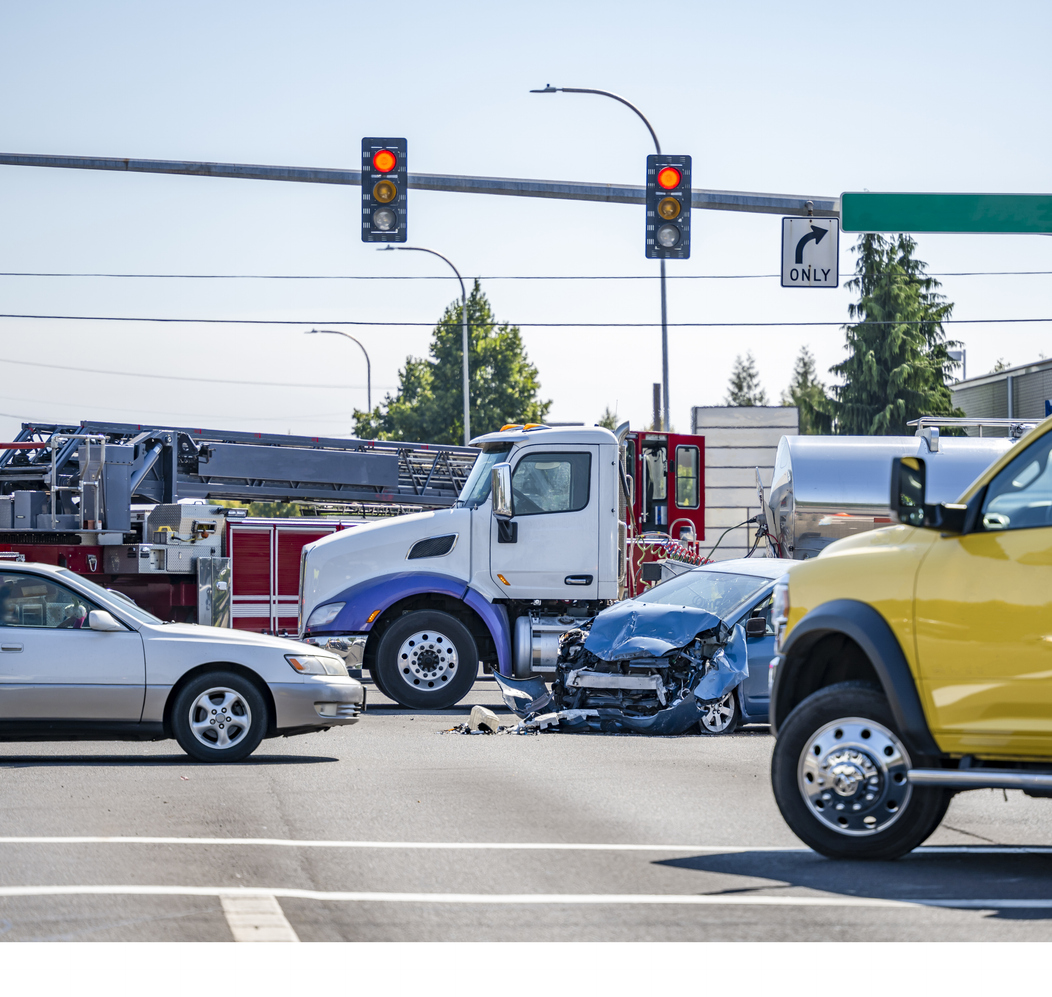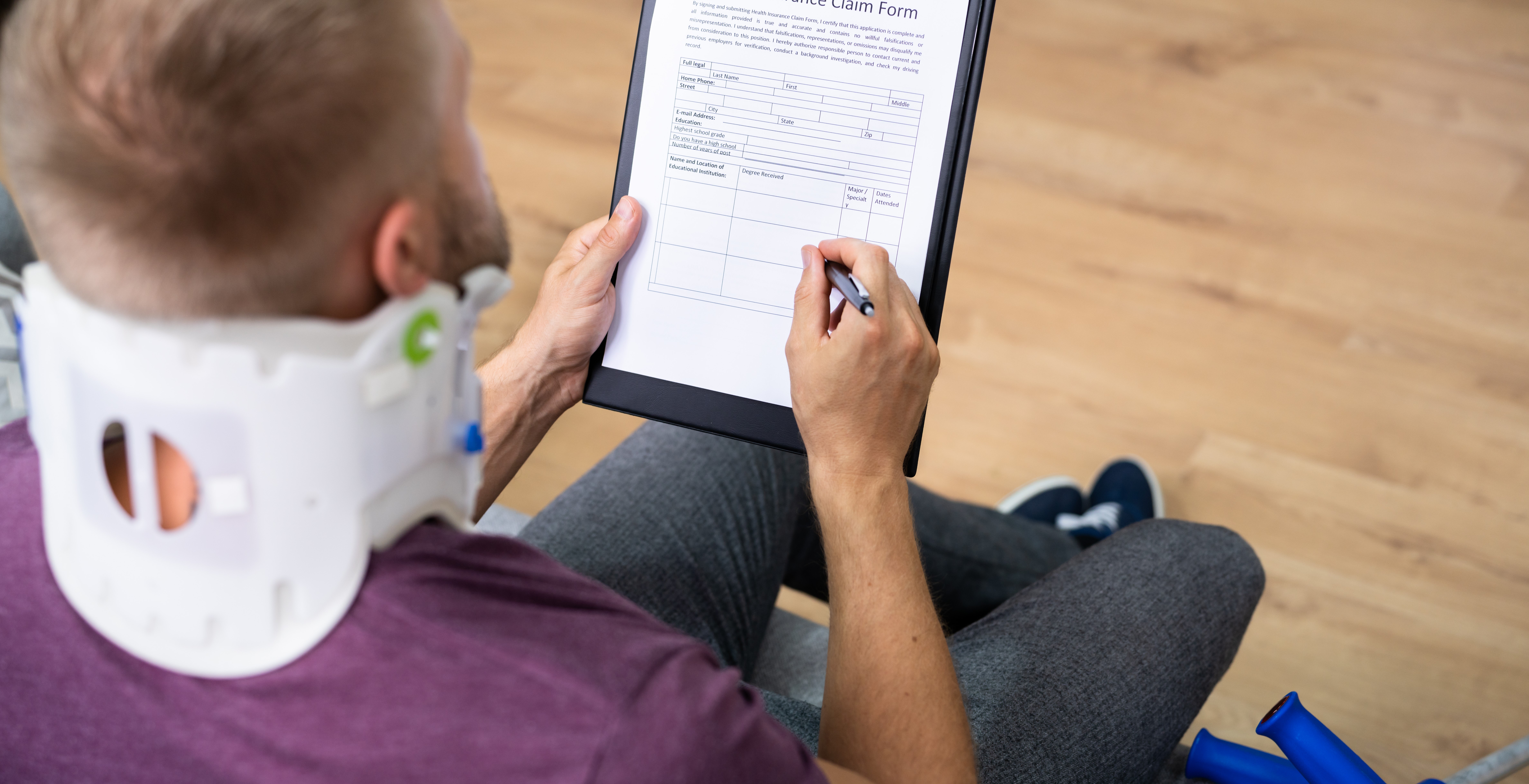A car accident shakes you badly, even if it doesn’t seem to do much harm to your body. In fact, for the first hours or even the first few days after an accident, you won’t know how much you are hurt until you have a medical examination.
Sometimes, drivers without health insurance coverage want to delay medical treatment until they have received a payout for the accident. Not only is this dangerous, it won’t work. You can’t complete your claim until you’ve been examined.
Federal law requires most emergency rooms to take and stabilize patients regardless of whether they can pay. But after that, the trouble begins. Who pays the bills, and how?
Medical Billing After an Accident
To discuss this, let’s take the example of Alice, a fictional driver in Texas. Alice gets into an auto accident with another driver, Bob. An ambulance takes Alice to a hospital. As time goes on, she has worsening pain and undergoes more medical imaging and tests. She suffered mild injuries at the time, and now further injuries are becoming apparent.
PIP and MedPay
All auto policies in Texas have personal injury protection (PIP) coverage unless it’s specifically declined. This no-fault coverage pays for medical bills up to the policy limit. It can also offer partial coverage for lost wages and home health care costs. Medical payments insurance (MedPay) is another auto policy option that covers medical expenses. But the typical coverage limits for both PIP and MedPay often do not meet the total costs of a serious injury.
If Alice has coverage from either of these, she can submit claims to the insurance company based on her medical bills without waiting on a determination of fault and a settlement. Some auto insurance companies may pay health care providers directly, but usually, the patient must pay first and be reimbursed.
Health Insurance
Under ordinary health insurance procedures, the patient covers a copay or some percentage of the bill, and insurance covers the rest. Unfortunately, healthcare providers and hospitals may refuse to bill a health insurance company after an auto accident. This is because health insurance companies themselves often refuse to pay the medical bills from an accident.
Instead, they want the at-fault driver’s insurance to pay! On paper, this may sound fair, but Alice needs help now.
If Alice works with a personal injury attorney, that attorney can draft a letter of protection (or LOP) to give to doctors and hospitals. The letter explains the situation and assures the healthcare provider that they will be paid from Alice’s future settlement or verdict for damages.
Settlement and Liens
Alice has a lot of medical expenses and property damage, so she needs to pursue a claim against the insurance company of the other driver, Bob. But Alice did receive $2,500 in coverage through MedPay from her own auto insurance policy, which is provided by Company A.
Company A now has the right to seek reimbursement for that $2,500 from Bob, just as Alice would have had if she had paid it herself. This is called subrogation. Company A may pursue that claim directly with Bob’s insurance, Company B, but it may also decide to place a lien on Alice’s future settlement.
Liens ensure that when a settlement comes through, the lienholders will automatically be paid. In theory, this should be just—giving the parties back what they paid and no more—but as it happens, it may be anything but.
Alice’s health insurer—Company C—also has the right to subrogation for any medical expenses it paid, and it too can place a lien on Alice’s settlement. What’s more, without an LOP, a hospital can place a lien for emergency services as well.
Before offering a settlement, Company B will investigate the accident. Under Texas law, a plaintiff’s damage award in a personal injury lawsuit is reduced by the percentage of fault that a court determines they shared in the accident. If the court finds that a plaintiff is 50% or more at fault, then they cannot recover damages at all. Most personal injury claims don’t go to court; they are handled through insurance. The insurance company’s investigation report assigns percentages of fault to the parties, and that report is their basis for how much they offer as a settlement—if anything.
As Bob’s insurer, Company B has an incentive to find fault with Alice as much as possible so that they can offer the lowest possible settlement amount. They know that Alice is under financial pressure to find a quick solution; she is still recovering and needs help. But with liens on her settlement, she may not see any of that money herself. What can she do?
How We Can Help
Personal injury attorneys manage these issues every day. The Pelaez Law Firm Crash Angels know how to deal with insurance companies, and they are used to fighting erroneous reports and lowball settlement offers. They can also help negotiate large medical bills for liens on personal injury settlements.
This is a complicated area of law. Regulations and outcomes can differ depending on what kinds of insurance are involved.
Let us help you find the best way forward. Talk to us if you have had a Texas auto accident or truck collision. Whether you were in a car, on a motorcycle, riding a bicycle, or going on foot, we want to hear from you. Call us at 210-801-9314 to set up a free consultation in our San Antonio offices.

 210-801-9314
210-801-9314






